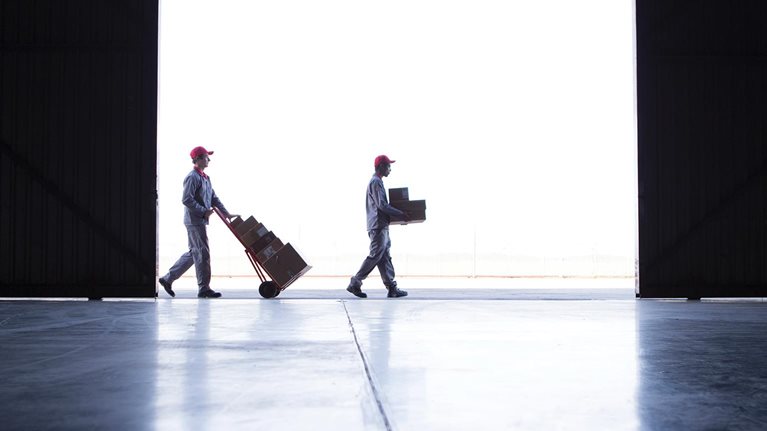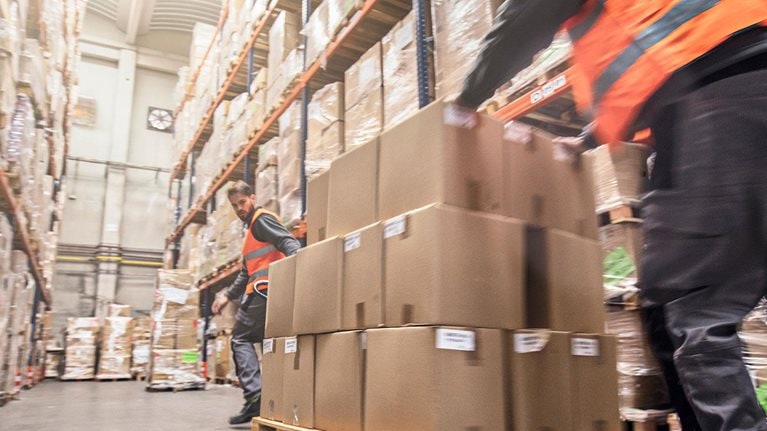A “new normal” has emerged for the delivery speeds that customers expect when they order online. The standard has been reset by the likes of Amazon and several other market leaders, which are placing increasingly strong pressure on incumbent players to respond. We conducted a broad effort to take stock of the current situation, focusing on Europe and, particularly, on Germany—from both a market and a consumer perspective.
Our analyses show that although the pressure on incumbents may seem overwhelming, retailers can leverage a strategic asset: their dense store networks, which give them proximity and (potentially) quick access to their customers. But to benefit fully from such networks, omnichannel retailers must consider changing gears in four areas: local fulfillment networks, quick and integrated IT systems, new store layouts and processes, and rethought business economics. This infographic offers a brief overview of our findings.
Prepping for same-day delivery
In the past 20 years, few success stories have matched that of e-commerce. As online sales have surged, shipping times have gone down (Exhibit 1).

Today, people expect to receive their parcels no later than the day after they order, and shopping decisions increasingly depend on shipping times (Exhibit 2).

Mass-market consumers have high expectations. Especially in the United States, more than half say they have a general interest in same-day delivery—despite their limited willingness to pay extra for it (Exhibit 3).

Young, urban, and time-constrained consumers—the most attractive segment—expect same-day deliveries (Exhibit 4).

To meet the expectations of this important consumer segment, the e-commerce supergiants Alibaba, Amazon, and JD.com are committed to pushing same-day delivery into the mass market now (Exhibit 5).

This is the next building block in their bid to win consumers on selection, price, and convenience (Exhibit 6).

Would you like to learn more about our Retail Practice?
Retail stores: The return of a key strategic asset
The one central requirement for same-day delivery is simple yet challenging: a dense network of warehouses. In Germany, for example, 11 well-placed warehouses that stock the same assortment—and can move it from click to ship in no more than two hours—would be needed to cover all tier-1 and tier-2 cities (Exhibit 7).

Amazon actually has such a dense delivery network, which puts the industry leader’s same-day offering far ahead of those from almost all other major Western retailers. For them to catch up, the obvious option would be to invest hundreds of millions of euros or dollars to match Amazon’s footprint one to one (Exhibit 8).

But retailers have a much better and cheaper option for today’s fast-growing but still moderate market volumes: shifting the rules of the game by using existing store networks for same-day shipping (Exhibit 9).

In Germany, a retailer would need 30 stores to serve almost half the population with same-day delivery and come close to matching Amazon’s current service offer (Exhibit 10).

This strategy—using existing stores rather than new warehouses—could be the entry gate for aspiring retailers.
Innovation road map: Four areas for shifting gears
Omnichannel retailers that follow this strategy must upgrade not only their fulfillment but also their store designs and IT systems—and adopt a fundamentally different mind-set for their economics (Exhibit 11).

Entering the race for same-day deliveries can be hard. Initially, most retailers would fall far short of the volumes required for at-scale operations, and their delivery bills would be more than three times higher than they are under the current next-day standard (Exhibit 12).

Subscription models can cross-finance shipping costs but require a high degree of customer relevance and broad benefits. Retailers that adopt the same-day standard must explore a number of paths to cash in on their convenience leadership (Exhibit 13).



